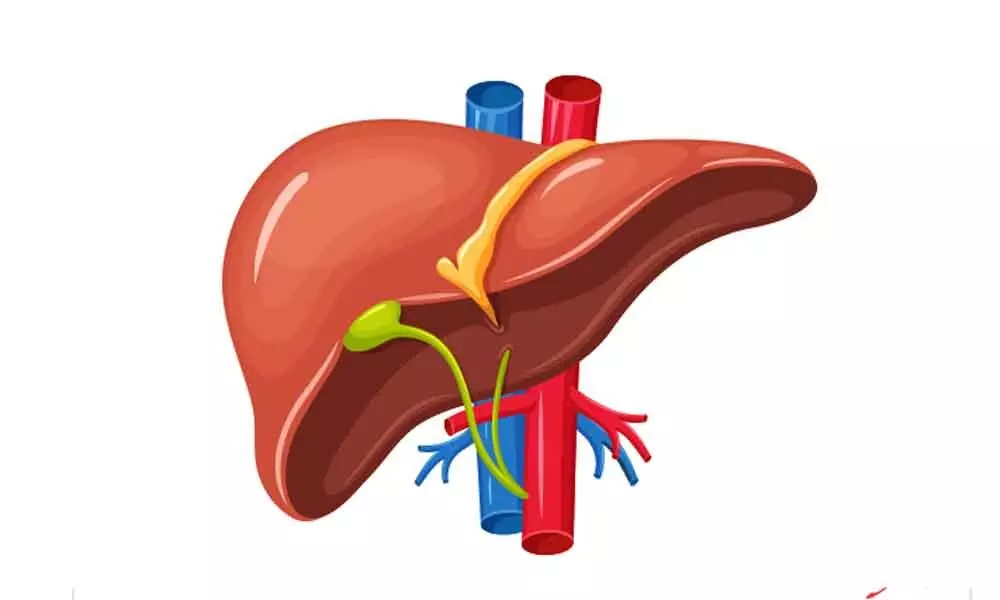Viral Hepatitis causes one death every 30 seconds globally

“Hepatitis can't wait” is the WHO theme for this year’s World Hepatitis Day, being observed on July 28.
"Hepatitis can't wait" is the WHO theme for this year's World Hepatitis Day, being observed on July 28. Hepatitis literally means 'inflammation of the liver'. It can happen due to a number of causes and here we talk about 'viral hepatitis'.
Viral hepatitis is a threat to public health leading to one death every 30 seconds across the globe. The World Health Organization is urging all countries to accelerate their efforts in eliminating this threat by 2030. The viruses of concern are called hepatitis A, B, C, D and E. They can lead to a clinical spectrum of illness - asymptomatic infection, mild febrile illness with jaundice, acute liver failure, chronic hepatitis and cirrhosis, hepatocellular carcinoma.
Hepatitis B, C and D infections are spread by infected blood products and body fluids. High risk practices include use of unscreened blood, sharing needles for injections, tattooing, ear piercing, needle stick injury in health workers and high risk sexual practices. Hepatitis A and E are transmitted mostly by contaminated food and water, sometimes by intimate contact with an infected person.
Children and pregnant women form a unique group as they are at higher risk of the disease. Vertical transmission which means passage of infection from pregnant mother to the fetus is commonly seen in hepatitis B. Women who have hepatitis B infection when they become pregnant should be closely monitored and treated appropriately.
Around 90 pc of children who are born to mothers with highly infective hepatitis B will become chronic carriers of the infection which may lead to complications in future. Hepatitis C, D and E can also be transmitted from mother to fetus during pregnancy or delivery. Women who acquire Hepatitis E infection during the last trimester of pregnancy are at risk of developing severe illness and liver failure.
How can we achieve elimination of viral hepatitis by 2030?
Unfortunately there is no specific treatment for Hepatitis A or E. Treatment with antiviral drugs is curative in hepatitis C whereas it will only control the disease in hepatitis B and there is no definite cure.
Prevention by the following measures is always better than cure, especially in children-
♦ Testing all pregnant women for Hepatitis B and treating them as required
♦ Treatment of high risk newborn in cases of hepatitis B
♦ Vaccination of all newborn for hepatitis B and at least 2 doses afterwards. This will also help protect against hepatitis D infection.
♦ Vaccination of the child at 1 year of age for hepatitis A
♦ Screening of blood products before transfusion
♦ Safe practices like appropriate use of injections in health care, safe disposal of needles and biological waste
♦ Good sanitation and access to hygienic food and drinking water
♦ Testing of high risk individuals like those who require regular blood transfusions, those who share needles and health care workers.
(The author is Consultant - Paediatric Gastroenterology and Hepatology, Rainbow Children's Hospital, Bengaluru)

















